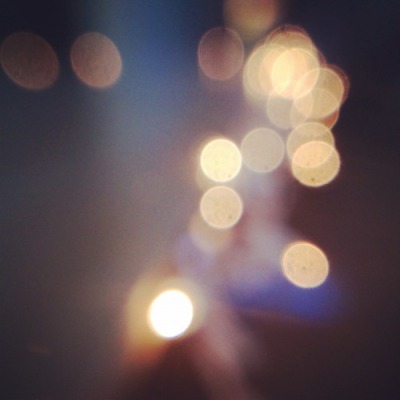Photo Tips: Light Bokeh
It’s that wonderful time of year when lights are twinkling in every city and suburb in preparation for the holidays! One way to transform your photographs of these festive lights is through a unique photography aesthetic called bokeh.
What is bokeh?
The word “bokeh” is a derivative of the Japanese word boke, which means “blur”. In photography this refers to the blurred area of the photograph. Basic bokeh photographs feature an in-focus foreground with a blurred dreamy haze-like background. When coupled with out of focus lights, this blurry background can create an illusion of large orbs. This technique can be taken a step further and the out of focus lights can be manipulated to appear as it has taken on a particular shape.
iPhone bokeh
The bokeh technique is typically reserved for DSLRs since it’s easier to achieve the desired results, however, it is possible to achieve this effect using your iPhone both naturally & artificially!
Natural iPhone bokeh
It’s somewhat difficult to capture bokeh with an iPhone without the help of a lens, but we discovered that a macro iPhone lens, which you can purchase via Photojojo or Olloclip, provides the perfect amount of blur to create a beautiful bokeh!
The image on the left transforms into beautiful dreamy orbs once the macro lens is used (and the Rise filter applied, of course).
Artificial iPhone bokeh
While the natural bokeh technique is great if you don’t mind an image that is completely out of focus, if you’d like to achieve some depth of field it may not be the best option. This is where applications can help. Two of our favorites for bokeh experimentation are iDarkroom ($0.99) and 美图秀秀 or "Xiamen Meitu“ via search (Free).
The image on the left was edited using iDarkroom & the image on the right was edited with Xiamen. While artificial bokeh can be pretty, some applications can make your photos look very … well … artificial and may not actually enhance your photo.
Use the bokeh wisely, but have fun experimenting this holiday season!



